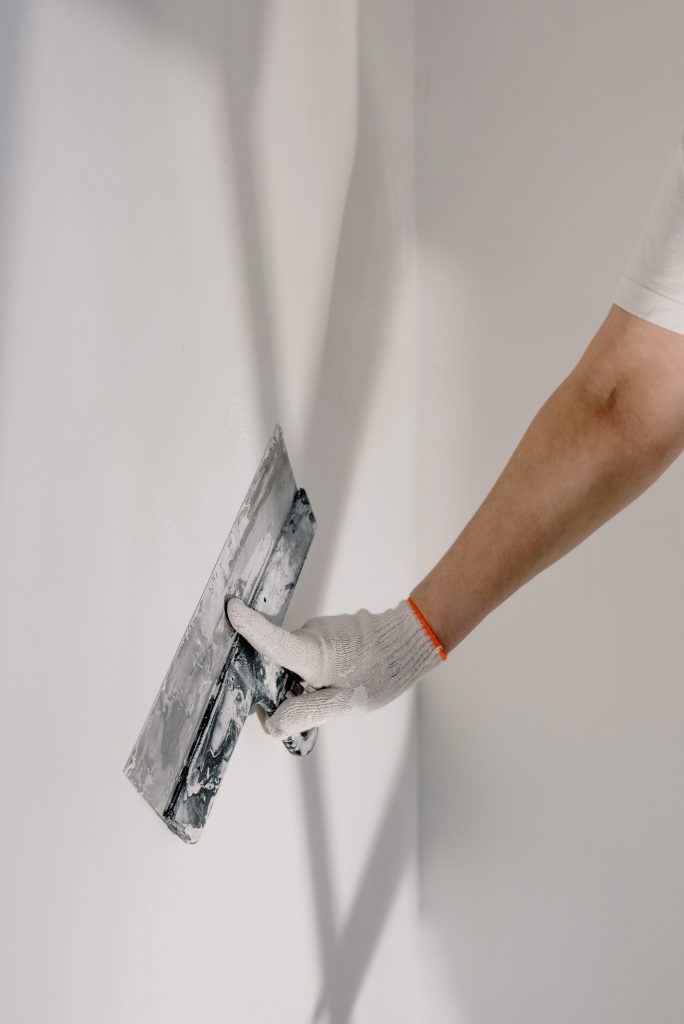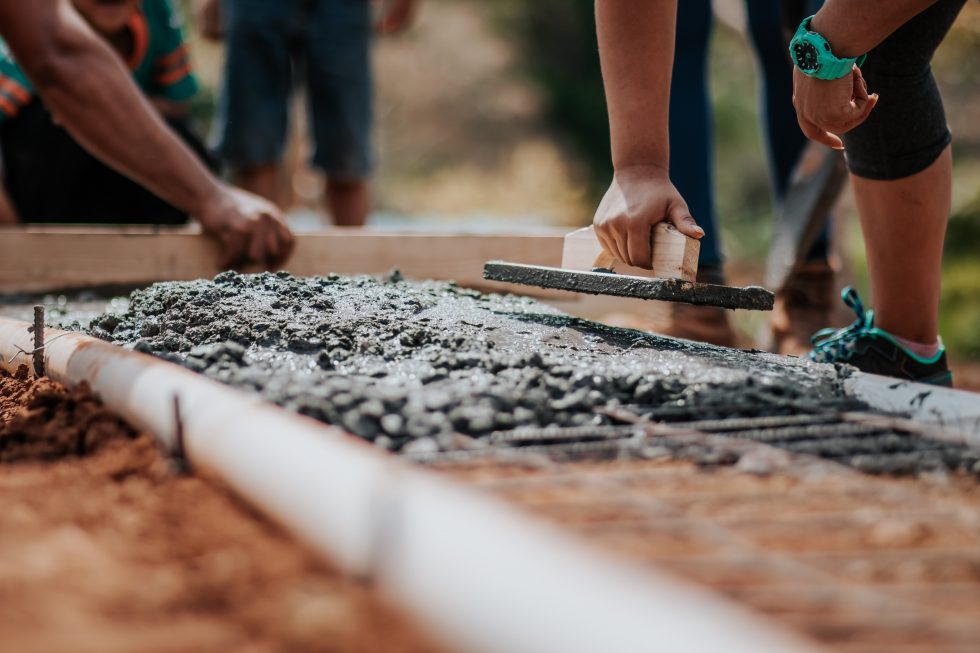For various components of a house build, the construction industry employs a number of building materials. Architects consult structural engineers on the load-bearing capacities of the materials they design with, with concrete, steel, wood, masonry, and stone being the most frequent. Each has a distinct strength, weight, and durability, making it suitable for a variety of applications. The usage of building materials in the construction sector is governed by national standards and testing techniques, so they can be trusted to provide structural integrity. Architects also consider cost and aesthetics while selecting materials.

Natural and artificial materials are the most common types of building materials. Natural materials include stone and wood, whereas man-made materials include concrete, masonry, and steel. Both, however, require be prepped or treated before being utilised in construction and building materials in Malaysia. The following is a list of the most widely used building materials.
Steel is a metal alloy made up of iron and carbon, with additional alloying materials added to make it stronger and more fracture-resistant than iron. Because of the extra chromium in their composition, stainless steels resist corrosion and oxidation. Structural engineers utilise it for the structural framework of towering contemporary buildings and vast industrial complexes because it is so robust relative to its weight and size. It has the following characteristics:

Steel’s strength-to-weight and strength-to-size ratios are both high.
It has a high cost when compared to other metals. Structural experts may advise on the best cost-effective sizes to utilise in a home to sustain the building’s real load.
Installing steel takes less time than concrete.
It may be used in a variety of settings.
Corrosion may occur if steel is incorrectly placed or maintained.
Because they lack the tensile strength of steel, chrome, gold, and silver are often employed for finishing or ornamentation.
Concrete is a composite material made up of fine and coarse aggregates (such as gravel, crushed stone, recycled concrete, and geosynthetic aggregates) that are held together by a liquid binder like cement that hardens or cures over time. The most popular form of cement is Portland cement, which is a fine powder made by burning limestone and clay components in a kiln and then adding gypsum. As a result, Portland cement concrete is made up of mineral aggregate, Portland cement, and water. The cement hardens or cures after mixing, resulting in the stone-like substance we know as concrete.
Specific characteristics include:
The strength of the mixture varies. The components used in concrete are normally provided by suppliers to the concrete industry, and the concrete mix is tested for strength.
Concrete may be poured into a mould to assume almost any shape and solidify into a stone-like substance.
Because concrete takes at least seven days to cure, engineers and architects must account for this time when planning concrete construction timetables.
It’s the excellent material for a home foundation because of its adaptability, low cost, and strength. A concrete house foundation is prevalent because it can sustain a big weight and resist the pressures of the environment.
Engineers often intend to reinforce concrete using steel rods or bars to boost its tensile strength (rebar).
